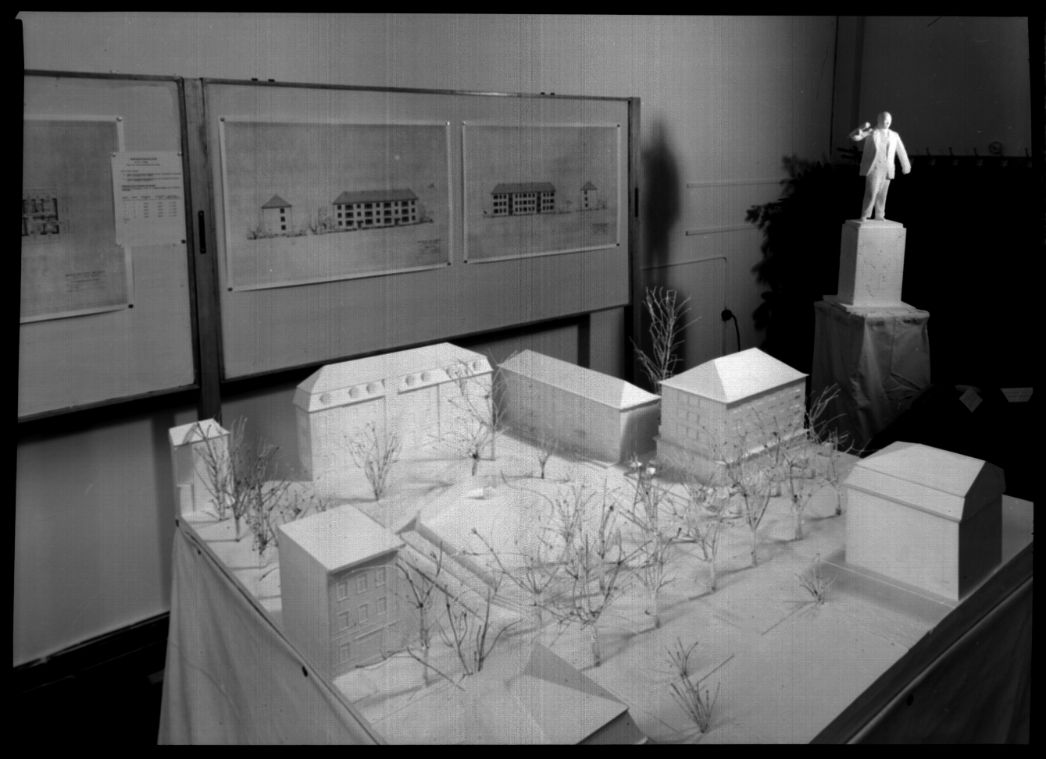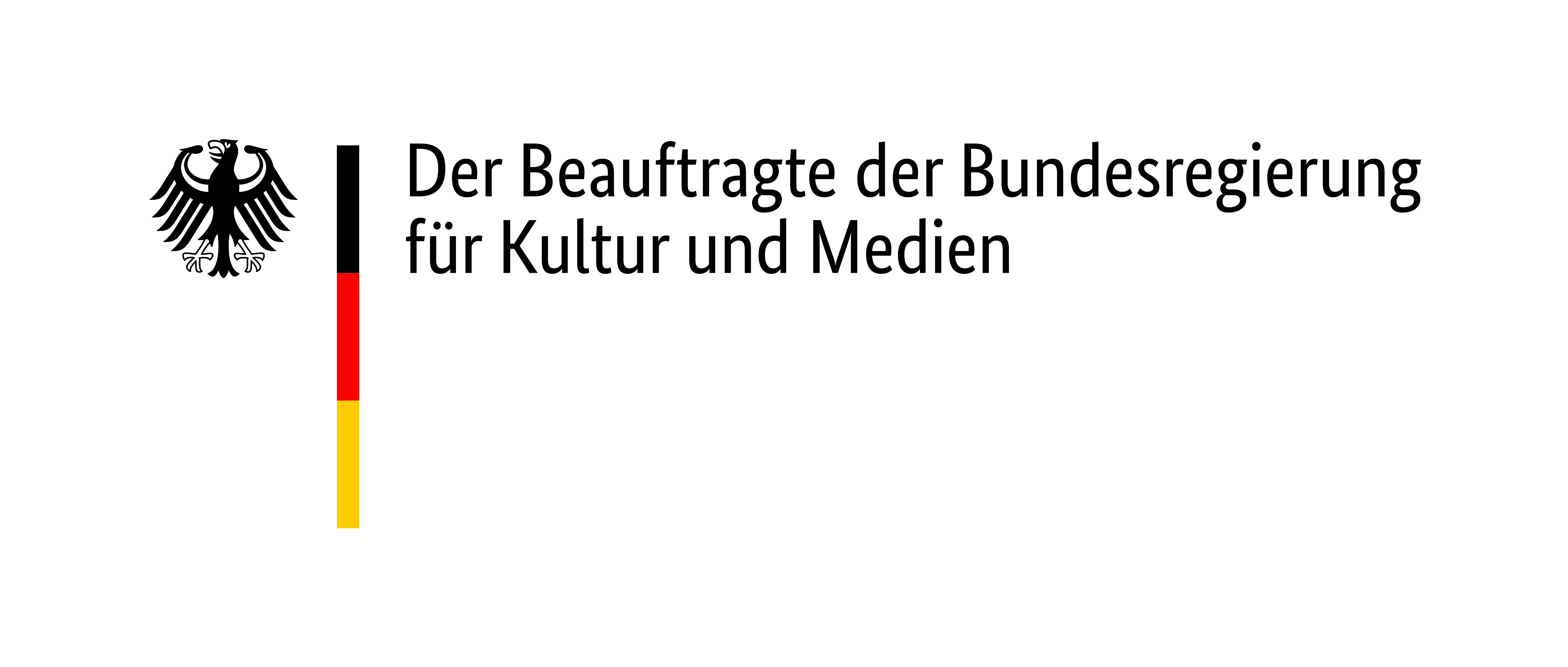The establishment of a working committee for the erection of a Thälmann memorial on 2 February 1954, initiated by the Weimar district leadership of the Socialist Unity Party of Germany (SED), reactivated the efforts that had been repeatedly postponed since the end of 1945. Otto Englberger, a renowned architect, was a member of the committee - in fact, a collective under his leadership was eventually to realise the construction of the ruins around the Square of 56,000.
The contribution of his colleague Siegfried Tschierschky was controversial. He aptly recognised that the design of the square would almost inevitably result in a sole focus on Ernst Thälmann due to its focus on a pedestal monument, while the other victims of the concentration camp were in danger of disappearing behind him. This clear identification of the shortcomings of the previous design could almost have initiated a decision on the direction to take. Tschierschky wanted a collective memorial at Platz der 56 000, while the memorial to Ernst Thälmann was to be located elsewhere in the city. Almost all the experts on the memorial committee agreed with his assessment. In this situation, the Central Committee of the SED in Berlin intervened in the second half of 1955 and pushed through a return to the original plans by the end of the year.
Although there were alternatives and other artists were involved, it became clear early on that the sculptor Walter Arnold, suggested by Otto Englberger, would be commissioned to design the Thälmann memorial. Commissioned with a design at the end of 1955, he presented a favourably received proposal the following year, which showed Ernst Thälmann as a statue on the western half of the square in the pose of the political orator. The memorial thus detached itself from the actual connection between Weimar and the historical Ernst Thälmann as the site of his assassination. Nevertheless, it met with general approval as it showed Thälmann as people wanted to see him - as a fighter who pointed the way to the (socialist) future.
The erection of the memorial and the redesign of the residential buildings on Platz der 56,000 had already been included in the draft plan for the National Reconstruction Programme at the turn of the year 1955/56. At the same time, a fundraising campaign was launched to raise funds for the memorial.


